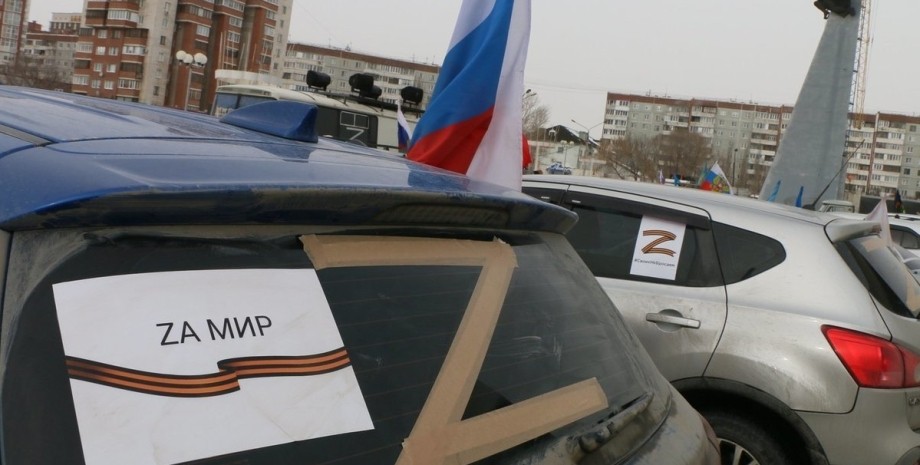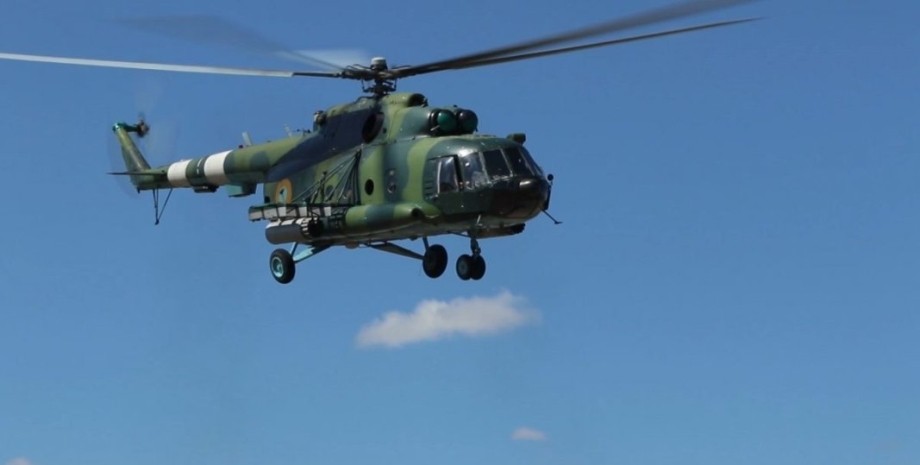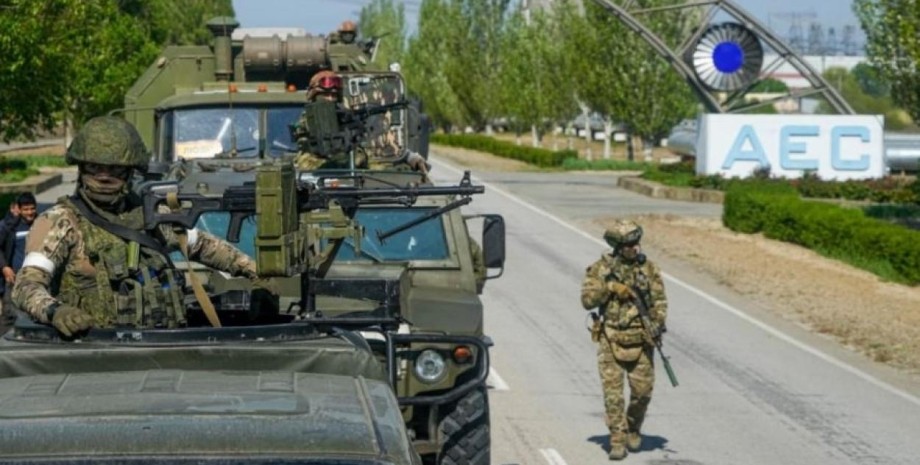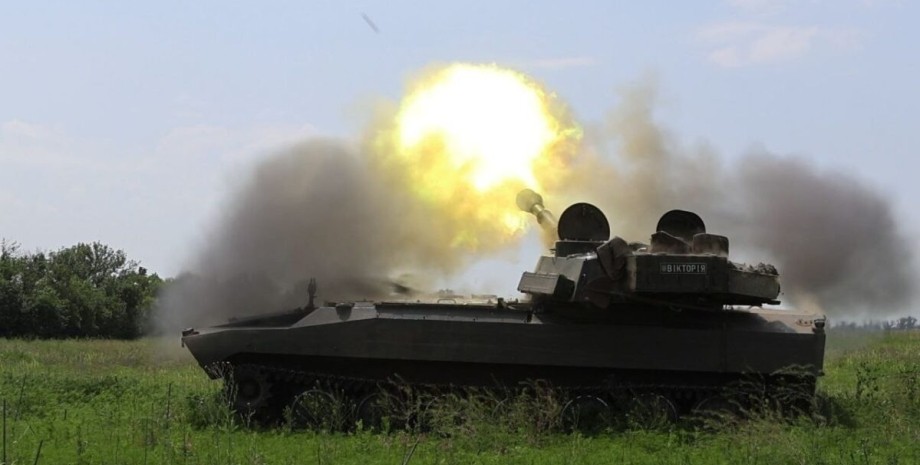
The political systems of the Kyiv region and the Moscow region went in different directions, and that the Ukrainians will eventually mark the Day of Statehood of Ukraine for the first time on July 28. It is no coincidence that this day falls on another national holiday-the Day of Baptism of Ukraine-Rus, which in turn is celebrated on the day of the worship and death of Prince Vladimir the Great.
Thus, the continuity of the Ukrainian state formation is stated from the era of ancient Russia, which eliminates Russia's historical speculation, regarding the origin of Ukraine. The origins of Ukrainian statehood, which, which has been linked to modern Ukraine with ancient Russia, is about where the origins of the Ukrainian history and the Russian Empire have tried to assign the Ukrainian history of NB to speak with the historian-historian Sergey Gromenko.
- From what time modern Ukrainian historians speak of Ukrainian statehood and what are its defining historical characteristics? - Whatever we choose the point of reference in this matter, there will always be a historical school that will defend this position. When it comes to modern Ukraine, everyone agrees that it is a period between 1914-1917. Then there is a political organization called Ukraine, it relied on a completely modern Ukrainian nation, with which everyone agrees.
Some political institutions were built, which initially had a national character in the UNR, the Ukrainian state, then moved to the USSR and survived to this day. Some of them, even at the same time, have hardly changed. This view of statehood brings together the vast majority of all historians. The further we move away from these dates, the more differences between historical schools.
One of the debatable issues is whether the Army of Zaporizhzhya or Ukrainian Hetmanate should be counted directly to the Ukrainian statehood, and if so, from what period.
And here is a patriotic majority who believes that yes, and a postmodern minority, which points out that premodern nations are not quite that modernity, that the Cossacks were not aware of themselves as a separate nation, and even if they had a certain statehood, as- Here is the Zaporozhye Army, it cannot be called the Ukrainian state. However, most Ukrainian historians agree that there would be no modern Ukrainian national identity if it were not for this early modern.
In the same Ukrainian army, since 1917, there were no officers and soldiers, but there were elders and Cossacks, it is certain, not political but cultural gravity, and it was visible everywhere. - What about the statehood, what new holiday does July 28 call to count from Russia? Is there a historical justification for this? - The most of the discussion is the most.
From the point of view of political institutes, it is obvious that Kievan Rus has no continuation in modern Ukraine, but if we become a cultural point of view, it is obvious that such heredity is. I can give some arguments that there is a very powerful gravity between Russia and Ukraine. For example, a tendency to a political compromise between the supreme power and the democracy.
Ancient Russia, like any state of the time, began with a military pseudo -democracy - a wattha, headed by a leader, where every armed man has the right to vote. These relationships were definitely not monarchical, because if you beat with your soldiers in one row, you have to listen to what they say. We do not forget about the meeting, which also existed in the ancient peoples who inhabited these lands.
Therefore, the power of the prince on the Ukrainian lands was limited by his wife on the one hand and the people on the other. Since the meeting was disposed of by the city militia, even there were some cases when the prince wanted to go to war, and the council does not give his consent, and once the council against, the city militia remains in place. So the prince either goes with his wife and mercenaries, or stays home.
Since Russia has existed for several centuries, it has different models of relations between the prince and the hice. In the north, in Novgorod, Viche is gaining force that he refuses the constant prince - they can either invite him or expel him, while the prince still remains the bearer of higher power. The model of Kyiv region, which also spread to Galicia from Volyn, is such a balance.
Both the prince and the council are strong, and if the prince suppresses the council or boyars, then thanks to his own talents, or vice versa, if the prince is too weak, then he can be pointed at the door. In the pre -Mongol, and even more of the post -Mongol times, the boyars on these lands gained such force that in some documents the prince put his seal, and then someone from the boyars put his own.
The third model was widespread in the current Moscow region - in the Vladimir -Suzdal principality. There was no tradition of Viche, there the prince immediately had a very serious weight, sometimes the boyars were able to kill one of the princes, but there were isolated cases. From the beginning in these lands, in the pre -Mongol period, the basis for severe autocracy was laid.
Therefore, from the point of view of political culture, not institutions, there is a direct connection between Kiev and Volyn lands and modern Ukraine, and the Moscow lands have no such connection. Another thing is language. We have a powerful set of written monuments - there are certificates on Brest from Novgorod, and there is what we call the ancient "graffiti" scratched on the walls of Sofia of Kiev in the XI - XII centuries.
If we look closely at these texts, we will see two completely different languages. They are called dialects according to the old habit, but the dialect requires a single language, and it does not exist on those territories that Soviet historians would not invent. In the XI century, on the graffiti of Sofia of Kiev, we see the emergence of what they will then be called the "ification" of the Ukrainian language. When "is" and sometimes "o" turn into "and".
In Russian, Polish, Serbian, Croatian Languages "horse", and only in Ukrainian - "horse". In most Slavic languages "Lace", but in Ukrainian - "forest". The third factor is church. Although the Metropolitan of Kyiv was one, and its power spread to the whole territory of Russia, the church in the south was much "softer" and more open to external influences, but the church was much harsher in the Vladimir forests somewhere.
In fact, one can even talk about some churches, because in the XVI-XVII centuries, the Muscovites no longer believed in the Orthodox Christianity of the inhabitants of the Kyiv region, which demanded them to cross, contrary to the canons. In other words, there are several powerful cultural pulls that combine the societies of Russia, at least its southern principalities with present Ukraine.




















Všetky práva vyhradené IN-Ukraine.info - 2022